Don’t miss this interview between our Communications Officer, Lily Haines (MSc), and Dr. Valeria Pizarro about the outcomes of this new research, how ships are linked to the spread of the disease, and steps we can all take to stop the spread!
Deemed “the deadliest immediate threat to Bahamian coral reefs,” the ominous spread of Stony Coral Tissue Loss Disease (SCTLD) has been shrouded in mystery.
For more than two years, the highly transmissible, waterborne disease has plagued The Bahamas’ stunning blue waters, travelling up to 50 metres (55 yards) per day and killing hundreds of corals in its wake. And the pathogen that causes SCTLD remains unknown, despite scientists discovering the disease off the coast of Florida more than six years ago, in 2014.
But our latest study reveals a gripping new clue… that is, commercial ships likely introduced SCTLD to The Bahamas.
The study, published in Frontiers in Marine Science, links the disease to ballast water ejected from large tanker ships off Grand Bahama, an island located about 108 km (67 miles) from Florida. Specifically, our Executive Director Dr. Craig Dahlgren, observed large tankers pumping out enormous quantities of water near reefs off Freeport – the island’s largest city and second most populous in The Bahamas.
Not to mention, the study revealed reefs closest to The Bahamas’ main commercial shipping ports in Grand Bahama and New Providence exhibited the most dramatic infection and mortality rates of corals. Indeed, infection rates among the most susceptible brain coral species, symmetrical brain coral (Pseudodiploria strigosa) were 23.1% in New Providence and 45.6% in Grand Bahama, with mortality rates up to 43%. This species often died within weeks of being infected.
”It’s really heartbreaking, especially when you go to dive on places where there used to be a lot of brain corals…,” said Dr. Valeria Pizarro, co-author on the new paper and Senior Scientist at the Perry Institute for Marine Science. “What you have now is a lot of dead colonies.”
Meanwhile, reefs located further from these ports were healthier, and displayed less of the tell-tale signs of white, exposed skeletal patches associated with the troubling disease.
.jpg)
“If ballast water was taken on board in a port area where SCTLD was present and not exchanged in open water away from reefs as required in The Bahamas, ballast water may have been the means by which SCTLD reached the Grand Bahama area some time in 2019,” the study notes.
What’s more, the disease hasn’t been reported on reefs near Bimini, an island unquestionably closer to Florida – the epicentre of the disease – than both Grand Bahama and New Providence. This further supports the authors’ hypothesis that ships are literally transporting the disease around the Caribbean.
But large tanker ships aren’t the only boats to blame.
“Smaller vessels including commercial and recreational fishing boats, yachts, and inter-island mailboats may have also contributed to the spread of SCTLD within each island and to other parts of The Bahamas,” the study notes.
Moving forward, spreading awareness about this devastating disease, as well as regulating the ballast water transfer and the on-site pumping and disinfection of bilge water from boats will be crucial.
SCUBA divers, snorkelers and spear-fishermen could also be accidentally transmitting the disease between reefs. To prevent human spread, it’s imperative that ocean lovers disinfect their gear with sodium percarbonate between dives.
”There are a few things that everyone can do, that we all can do, to stop the spread,” said Dr. Pizarro. “The first step is to get informed about the disease.”


Build a Coral Reef for the Holidays | PIMS x Partanna
PIMS is partnering with Partanna to build a 100m² carbon-negative reef. Rick Fox is matching donations up to $25k. Help us build a sanctuary for the future.
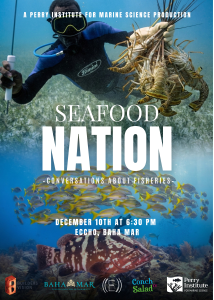
“Seafood Nation” Documentary Premiere Explores the Heart of Bahamian Culture and the Future of Fisheries
NASSAU, The Bahamas | December 5, 2025 – From the bustling stalls of Potter’s Cay to family kitchen tables across the archipelago, seafood is far more than just sustenance in
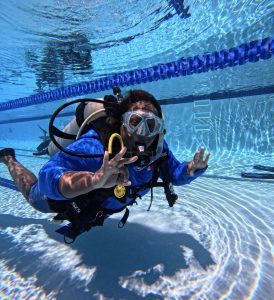
PIMS and Disney Conservation Fund Partner to Train 19 Government Divers
PIMS dive training in Nassau strengthened national coral restoration capacity across government agencies. Bahamas Dive Training Builds National Coral Restoration Capacity Last fall, between the months of September and October,
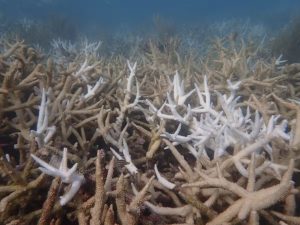
Florida’s Coral Reef Crossed a Line: What Functional Extinction Really Means for Elkhorn and Staghorn Corals
Reefs didn’t just bleach. They functionally vanished in one summer. A new Science study co-authored by researchers from the Perry Institute for Marine Science (PIMS) has found that Florida’s two
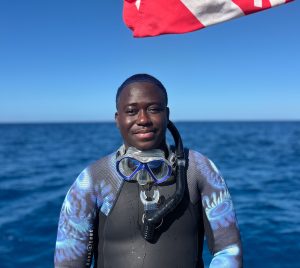
Q&A: Understanding the IDC Course at PIMS with Duran Mitchell
A former aquarist turned coral conservationist, Duran is passionate about understanding how all marine life connects. PIMS & IDC: Empowering New Dive Instructors for Marine Conservation PIMS & IDC: Empowering
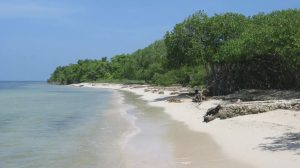
Forbes Shines a Spotlight on Coral Reef Restoration in the Caribbean
When Forbes highlights coral reef restoration, it signals something powerful: the world is paying attention to the urgent fight to protect reefs. And solutions are within reach. Recently, Forbes featured Dr. Valeria
